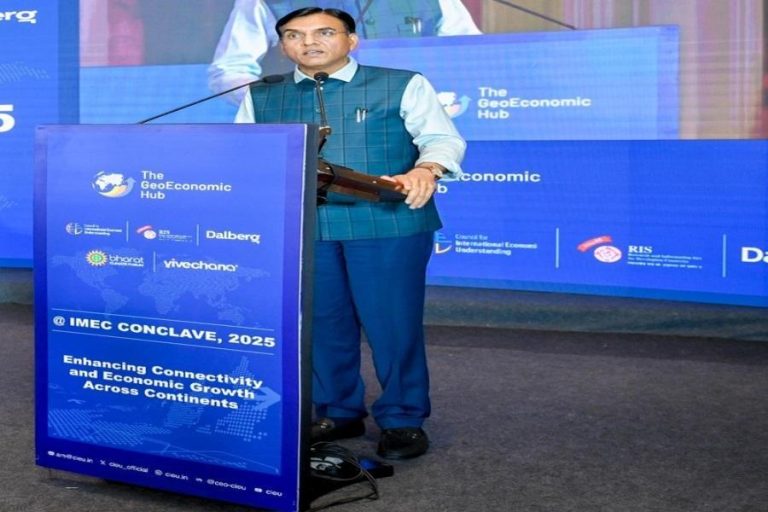
S&P Tumbles 6% as Global Sell-off Jolts Indian Markets
The global equity markets witnessed a sharp sell-off on Tuesday, with the S&P 500 plummeting a staggering 6% to mark its worst day since March 2020. The US market’s sudden downturn triggered a global rout, with Indian indices following suit. The Sensex nosedived by over 2,200 points, as recession fears began to spread rapidly.
The S&P 500’s 6% plunge was the largest single-day drop since March 2020, when the COVID-19 pandemic was in its early stages. The Nasdaq Composite, which is heavily weighted with technology stocks, fell into bear territory, wiping out its gains for the year. The Dow Jones Industrial Average also suffered a significant loss, dropping by over 900 points.
The global sell-off was sparked by a combination of factors, including concerns over rising inflation, a slowdown in economic growth, and the possibility of a recession. The US Federal Reserve’s decision to raise interest rates earlier this month to combat inflationary pressures also added to the market’s woes.
In India, the Sensex and Nifty 50 indices were severely impacted by the global sell-off. The Sensex plummeted by 2,224 points, or 4.2%, to close at 58,251, while the Nifty 50 dropped by 645 points, or 3.8%, to settle at 17,463.
The IT and pharma sectors, which are key drivers of India’s stock market, were particularly hard hit. Stocks such as Tata Consultancy Services, Infosys, and Wipro fell by 4-6%, while pharma majors like Sun Pharma and Dr. Reddy’s Laboratories lost 5-7% of their value.
The global sell-off has sent shockwaves across financial markets, with investors bracing for continued volatility in the days ahead. The US dollar strengthened against major currencies, while bond yields fell as investors sought safe-haven assets.
The rout in global markets has also led to a spike in volatility, with the CBOE Volatility Index (VIX) surging to its highest level since October 2020. The VIX, which is often referred to as the “fear index,” measures the expected volatility of the S&P 500 over the next 30 days.
The Indian rupee also weakened against the US dollar, falling to its weakest level since August 2020. The rupee’s depreciation is likely to increase the cost of imports, which could further exacerbate inflationary pressures in the country.
The sharp decline in global markets has sent a clear message to investors: the era of low interest rates and easy money is coming to an end. Central banks around the world are tightening monetary policy to combat inflation, which is likely to lead to a slowdown in economic growth.
For Indian investors, the current market volatility presents a unique opportunity to buy quality stocks at attractive valuations. However, it is essential to approach the market with a clear head and a well-thought-out strategy.
In conclusion, the global sell-off that rocked equity markets on Tuesday is a stark reminder of the risks and uncertainties that investors face in today’s market. As the global economy navigates the challenges of inflation, interest rates, and recession, investors must be prepared for continued volatility and uncertainty.
Source: https://www.thecore.in/podcasts/us-stocks-whacked-for-the-third-day-833088






